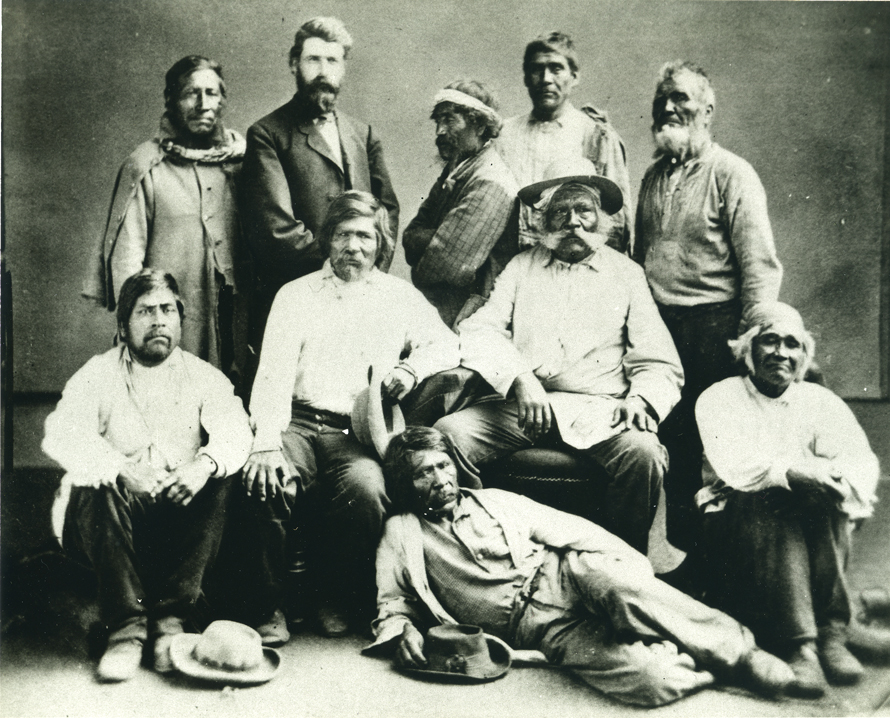NATIVE AMERICANS had settled in this area centuries earlier, taking advantage of local hot springs and abundant water sources, but they were expelled from their homeland by the ranch's owners in the early 20th century.
Connecticut native Jonathan Trumbull Warner (1807-1895) accompanied Jedediah Strong Smith's 1831 fur trapping expedition to New Mexico before immigrating to Alta California that same year. He became a naturalized Mexican citizen by converting to Catholicism and marrying Anita Gale, the ward of José María Pico, and adopted the name Juan José Warner.
In 1844, Governor Manuel Micheltorena awarded Warner a 44,000-acre tract in the Valle de San José. Warner bought cattle from Rancho de Santa Margarita to supply the area with fresh beef, and, in 1849, established the only trading post between New Mexico and Los Angeles, serving travelers on the Southern Emigrant Trail.
On November 21, 1851 Warner's enterprise was destroyed by the Native American Cupeño uprising led by Antonio Garra, an educated Luiseño retaliating against San Diego County's taxation of their cattle. Forewarned by a sympathetic Cupeño, Warner sent his wife and children away to a safe location and remained behind to protect his assets. Warner's buildings were burned, two employees killed, his store looted, and his cattle, horses, and sheep stolen. Warner and another employee escaped to San Diego.
Although Warner moved to Los Angeles and went on to become a California State Senator, his surname has remained attached to this property ever since, and the National Historic Landmark was named as such. The Warner-Carrillo Ranch House is not Jonathan Warner's house; Warner's adobe home, store, and outbuildings were situated near a bluff to the north of the Warner-Carrillo adobe, and no longer exist.
|


